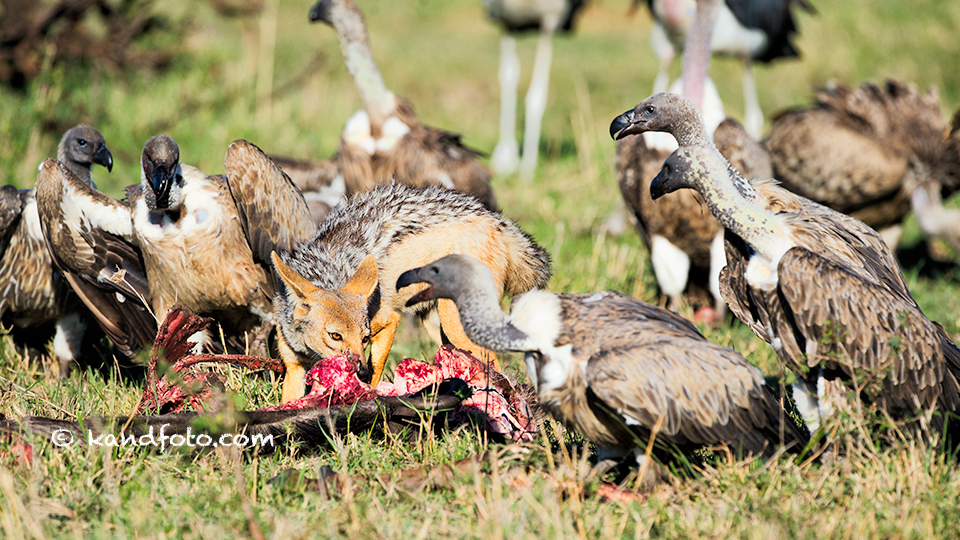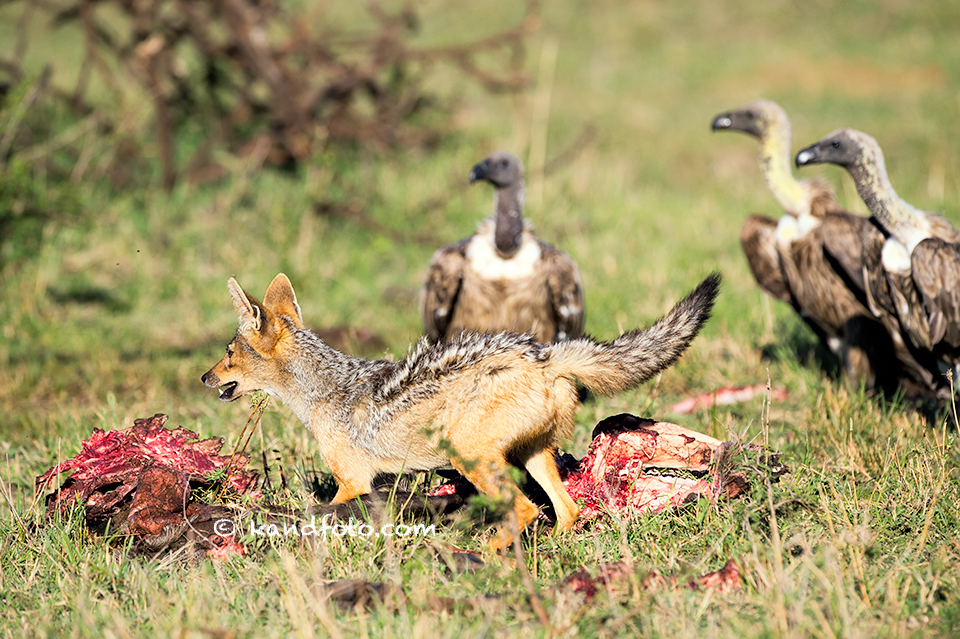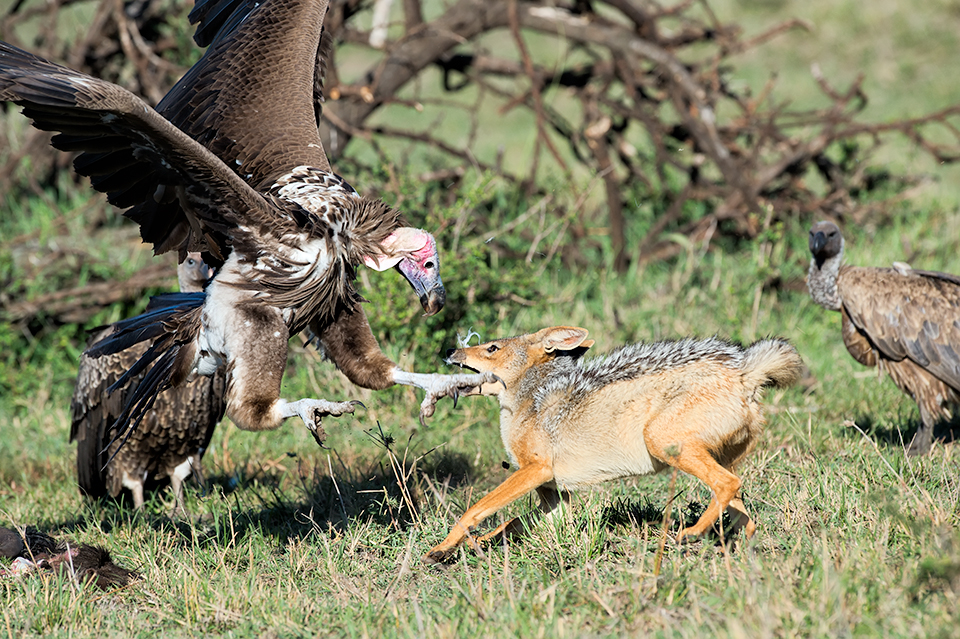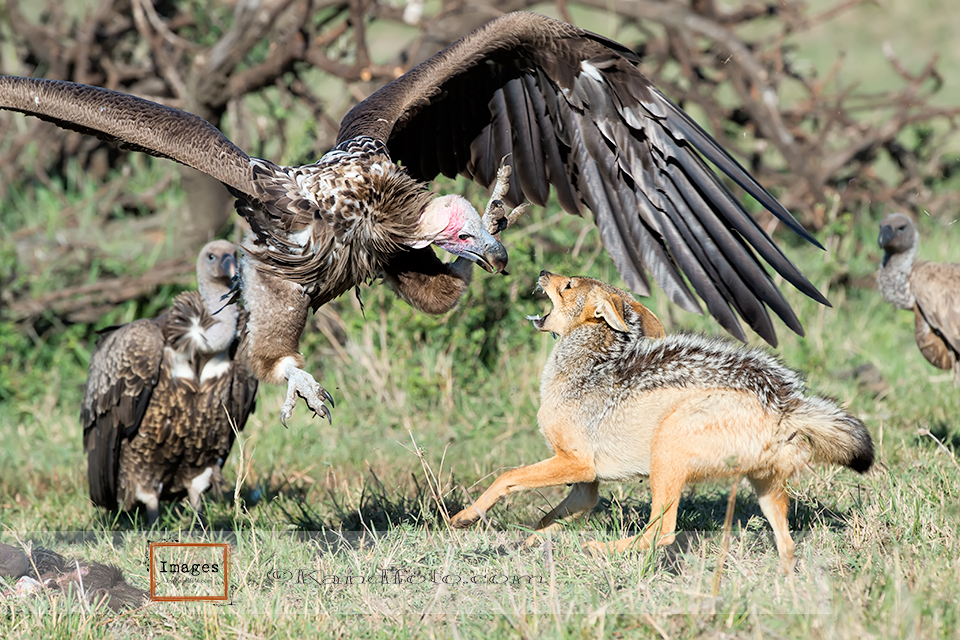In September, 2014, we were back in Africa. Again, on safari with Andy Biggs, on the Masai Mara National Reserve of Kenya to see and photograph the Great Migration across the plains.
Maasai Mara (Masai Mara) is situated in south-west Kenya and is one of Africa’s Greatest Wildlife Reserves. Together with the Serengeti National Park in Tanzania it forms Africa’s most diverse, incredible and most spectacular eco-systems and possibly the world’s top safari big game viewing eco-system.
In February-March, the wildebeest are in the Serengeti National Park where they will give birth.
They will migrate back in Kenya around July and leave again around late October . . . we were there an the most opportune time . . . September.
This land of an abundance of the big cats, Lion, Leopard, Cheetah, and of course, gives way to the Great Wildebeest Migration and the Maasai people, well known for their distinctive custom and dress.
The Maasai Mara Ecosystem holds one of the highest lion densities in world and this is where over TWO MILLION Wildebeest, Zebra and Thomsons Gazelle migrate annually.
Maasai Mara National Reserve stretches 580 sq miles and raises 4921 feet to 7110 feet above sea level. It hosts over 95 species of mammals and 570 recorded species of birds.
We were at the Mara Plains Camp in the Olare Motorogi Conservancy bordering the Masai Mara to the north, which have restricted number of vehicles allowing a more private game viewing of wildlife. The nice thing . . . there can only be four vehicles at any one time on an animal(s) subject. I can remember one time, when, on our way to visit the famous Marsh Pride, we observed that there were numerous vehicles all in pursuit of a poor leopard. We saw that the animal was getting quite stressed. This was on the Masai Mara game reserve itself.
Traveling Tip for Kenya in September: Bring warm clothes, hat, scarf, gloves, and layering is preferred since it can get up into the high 60’s°F during the day. We caught a cold front that brought temperatures down . . . our tent, where there is no heat or a/c, was 39°F most mornings. I nearly froze to death since I didn’t bring enough really warm clothing. I elected to take my shower after the morning game drive when the sun was up right before lunch. But the Mara Plains Camp took very good care of us. First, I was able to purchase a fleece jacket (thank goodness for fleece), every night we slept under a huge down comforter and a hot water bottle, and for dinner, we were provided with a fleece blanket since we ate outside most nights under the stars and the roar of lions across the plains.
We always use Eyes on Africa (http://www.eyesonafrica.com) as our travel agent to Africa. They have never let us down. They take great pride in making your trip a grand and stress free event. I highly recommend them.
Cheetah on the Hunt
We had tracked this beautiful female cheetah for several days. So when she spotted a herd of impalas, we were there. Our guide, Duncan, managed to get us in just the right position . . . of course, that was just the luck of the draw. We had know idea that cheetah would come directly at us. We waited, and we waited, and waited . . . some, including our photo co-leader, Grant Atkinson, had just put his camera down when the action began.
As I looked out beyond my camera, I saw the herd of impalas began to get slightly nervous. They kept looking around as they started to move away from the small moat that had been an excellent grazing spot. They didn’t quite know what it was but something was in the air. Of course, we could see the cheetah as she remained hidden in the bush. I was looking through the viewfinder when she raised to her feet. I shouted, “she’s on the move, and here she comes.” My husband Jim had a range finder. She begin her run at 250 yards from our trucks, and about 100 yards from the herd of impalas. In a split second, she took off at a dead run, targeting a baby impala. The baby impala came straight at us with the cheetah in hot pursuit. Dust and the thunder of paws and hooves danced through the air like a macabre dance. I just couldn’t believe how fast this cat could run. It was difficult to maintain focus as she continued towards us. Within seconds, I was out of focus with the 500mm lens, but by the time I grabbed for the D810 with the 70-200mm lens, it was all over. Jim was able to follow the scene as the baby impala and the cat swept pass us . . . right between the two trucks. It was tense for a short period of time. The baby impala outran the cheetah. Baby Impala 1, Cheetah 0.
It was the most exciting time of my life. Yes, I have seen cheetahs on the hunt on National Geographic but to see this in REAL TIME! WOW! You just can’t believe how fast that cat can run, upwards of 80mph. Grant told me that in 15 years of photo safari guiding this was the first time he had experienced this. Of course, I was rooting for the cheetah. Nature is cruel in the wilds of Africa . . . one must die so one must live.
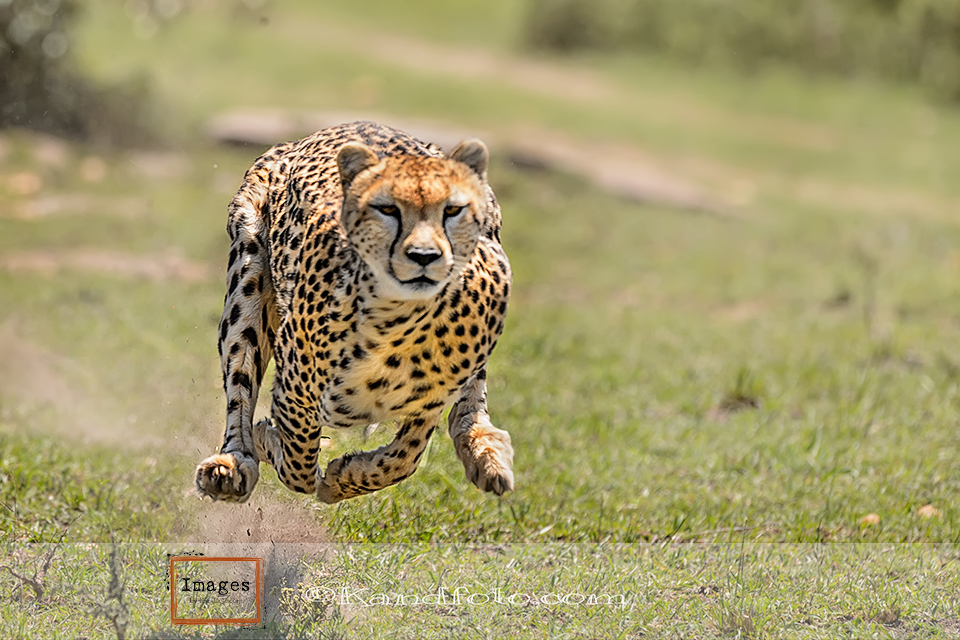
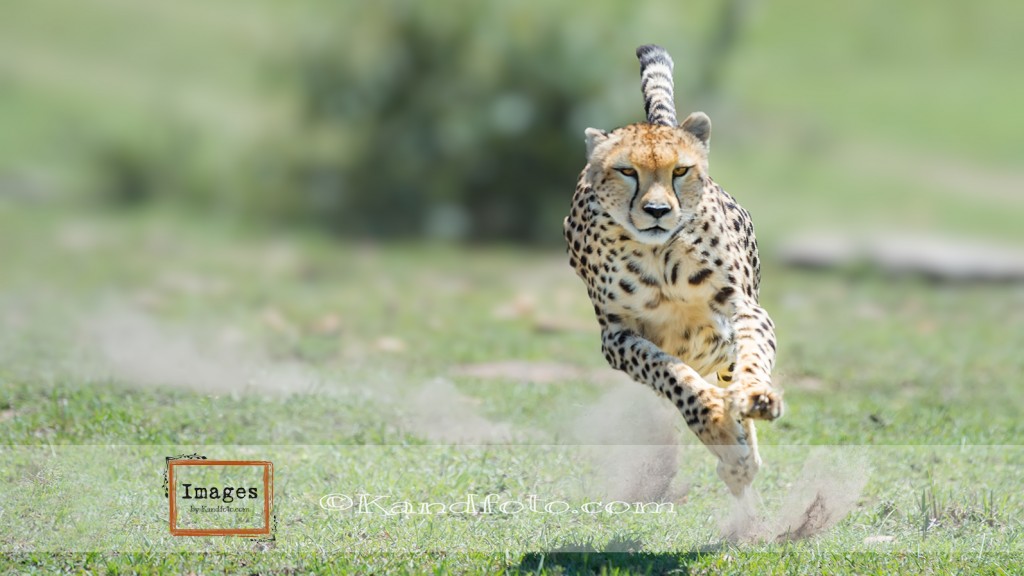
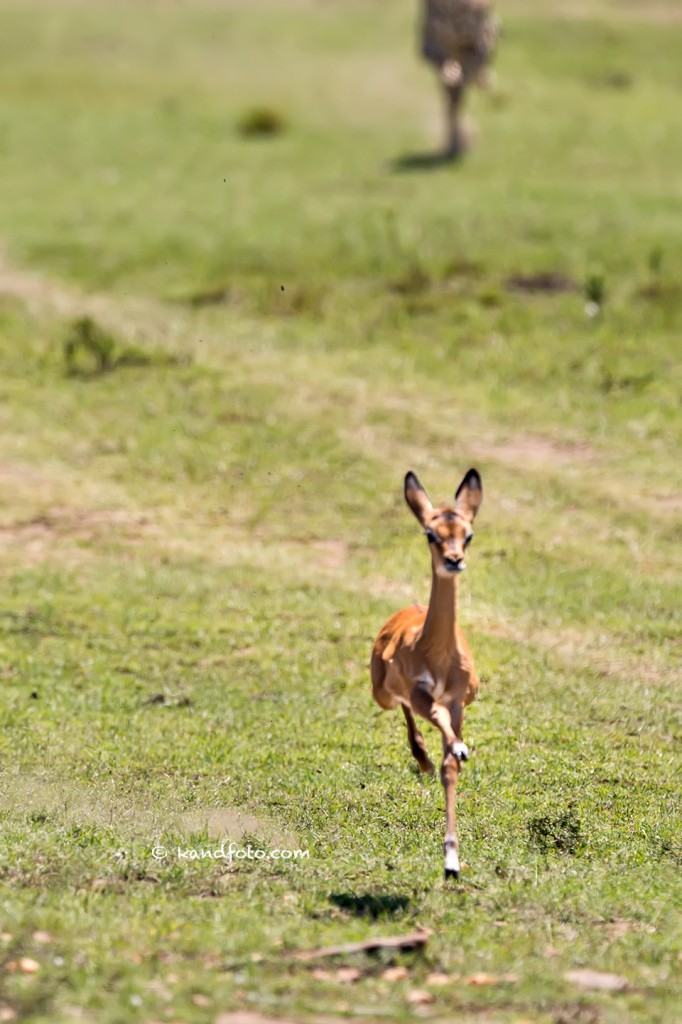
This is not a good photo . . . unfortunately I could not keep the baby impala in focus nor could I get both animals in the picture. A great wildlife photographer would have had this all in focus and in the picture. Ugh! But this gives you an idea of what was going on.
Mara River Crossing
We were too late for the first river crossing where the crocs dined on several wildebeest. 50 trucks had gathered so there was no room for us. I have to admit it is a pretty exciting event to see so it does draw a big crowd. Its that time of year for the Great Migration. Earlier that morning we had stopped off to photograph a hyena kill so we didn’t make it to the first crossing. Our guide, Kevin, decided to wait it out for a second crossing on the Mara plain. There were millions of wildebeest just hanging out. Kevin told us that the wildebeest are afraid to cross the small gully on their way to the Mara River. They fear the big cats, hyena, wild dogs, etc., are waiting to ambush them. He continued on . . . then one will decide . . . “the hell with this” and cross. Once one makes the plunge then “herd mentality” kicks in and millions of wildebeest make their way across the gully to the Mara River for the “big crossing.”
Nature was calling, and just as I was about to get out of the truck, a lioness came out of bush area behind us, and proceeded to go to the bathroom right in front of us. She finished her business then returned to the bush. Whew . . . was I glad I waited.
As Kevin predicted, one took the plunge and the herd was on the move . . . Yipeeee! Its like a old fashion roundup only with trucks instead of horses. The lioness made her appearance at the same time the wildebeest were moving. A mother warthog was watching the commotion from a distance but didn’t realize that the lioness was stalking her. The warthog was off in a flash when she got when of the stalking lioness. How did I know it was a female warthog, you ask? Because she left behind her babies, of which the lioness got a “snack.” The lioness, with the warthog baby in her mouth, was now in pursuit of the wildebeest. They knew it since they began running at a full gallop. Oh, it was truly exciting . . . we were following the herd at a mechanical gallop.
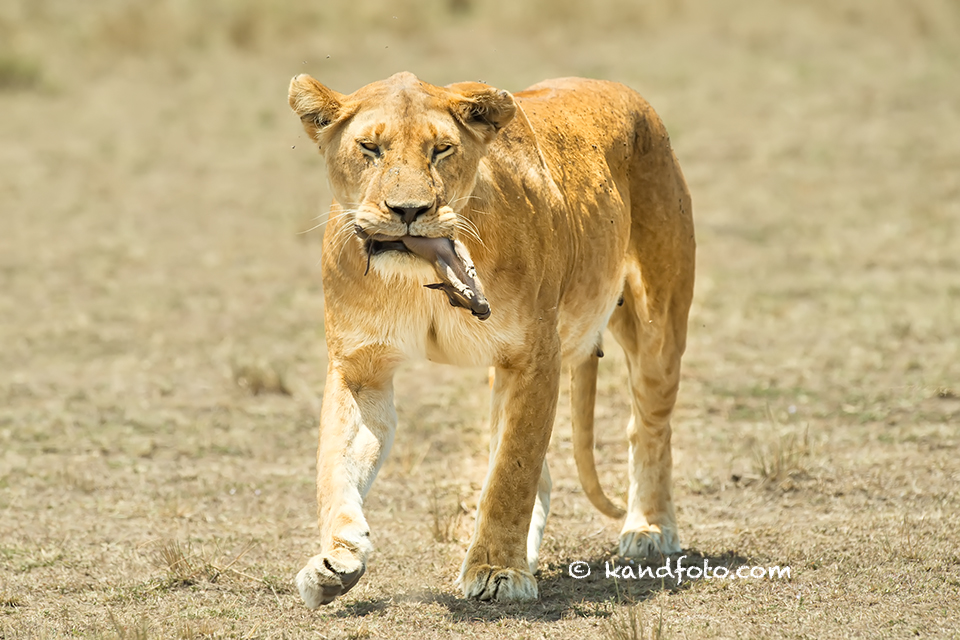 The wildebeest got so befuddled that they just couldn’t do anything, running from one opening in the river to the other opening. A lioness closing in behind and large crocs guarding the entrance to the river. Oh my, what is a wildebeest to do? Look closely . . . see if you can find the crocs. I had to blow up the photo to see a croc with mouth open, a croc’s tail, and two fish eagles. Funny, looking at the photos, why is the croc just staying there on the bank of the river but further in the frames, the croc submerges underwater.
The wildebeest got so befuddled that they just couldn’t do anything, running from one opening in the river to the other opening. A lioness closing in behind and large crocs guarding the entrance to the river. Oh my, what is a wildebeest to do? Look closely . . . see if you can find the crocs. I had to blow up the photo to see a croc with mouth open, a croc’s tail, and two fish eagles. Funny, looking at the photos, why is the croc just staying there on the bank of the river but further in the frames, the croc submerges underwater.
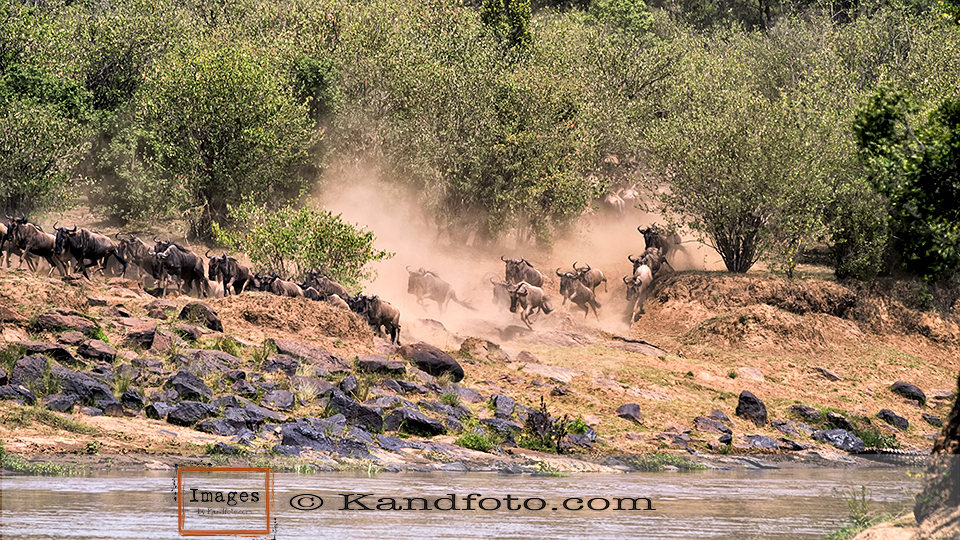
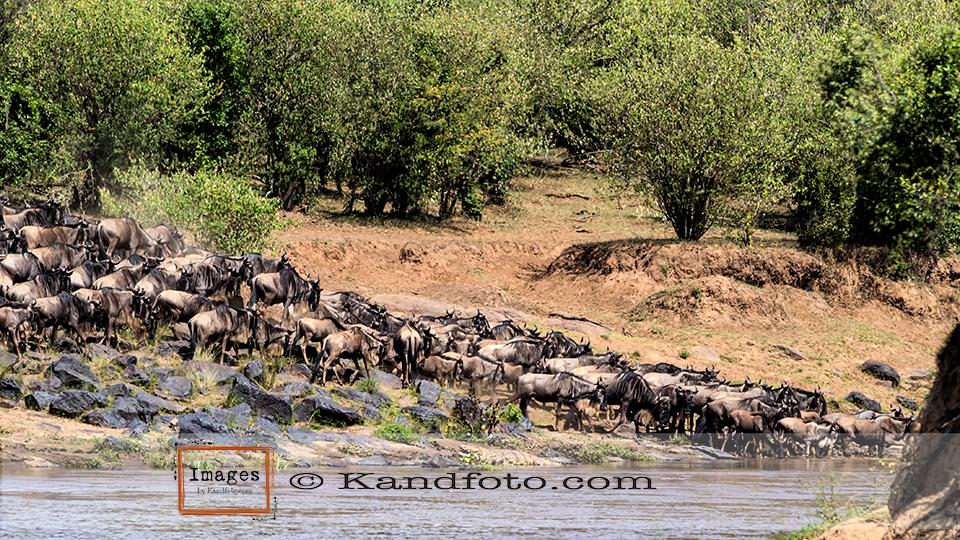
Finally, they crossed. Jim took some video, and I pieced together a short video of our experience.
Sundowner on the Plain
Our friends, Debbie and Jim Mensay, were on safari with us. It was their first time. It was such a delight to see the wonder in their faces as they experienced the marvels of this great land. One of the most special moments was our sundowner near the rocks where a several lioness and cubs were gathered, actually watching us. We had our favorite professional photographer with us, Andy Biggs, and our favorite guide, Duncan. Duncan is an amazing guide . . . a true Masai warrior. He managed to get our truck up the hill filled with very large boulders, park us in an advantage point for photographing the lions, with the sun slowly going down and beautiful soft golden light showing on the lions, and serving us wine and snacks. We photographed, we drank, and we had great conversations. It was unforgettable evening, perfect in all ways.
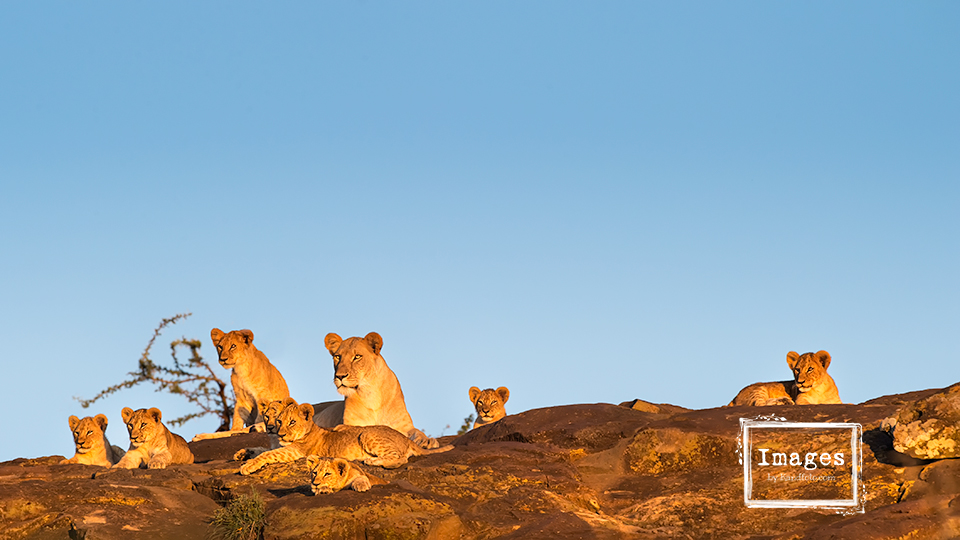
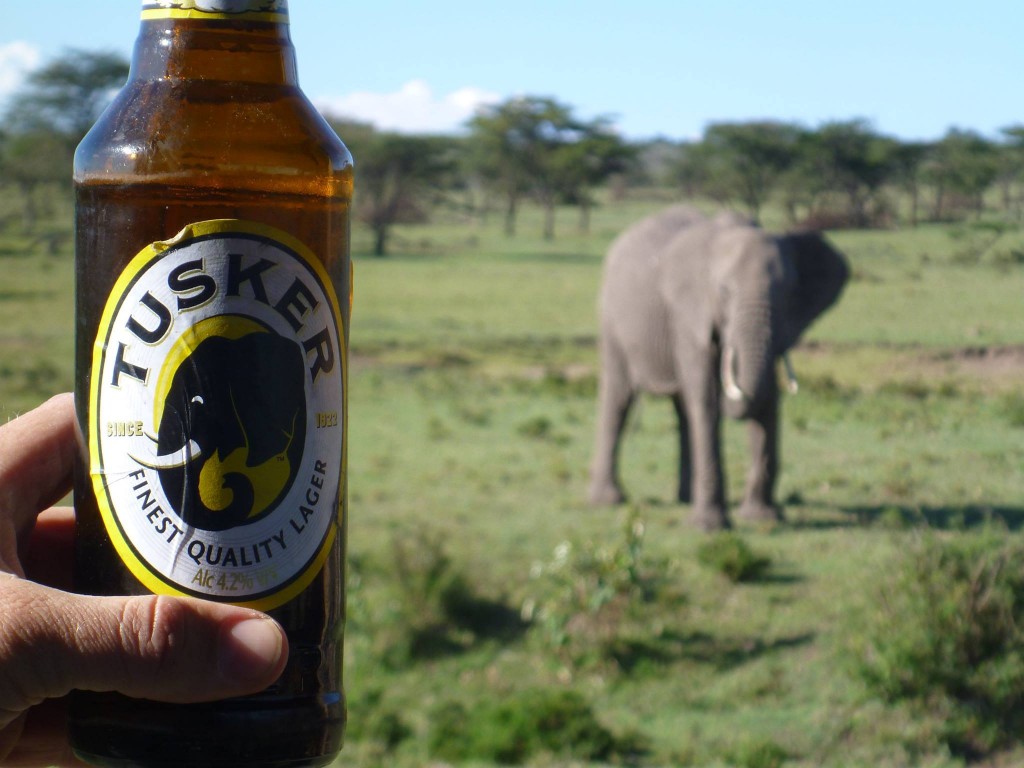
After the Kill
The vultures had gathered for “road kill” after the lions had had their fill and move on. However, in the mist of petty fighting over scraps, the jackals showed up. It was an interesting morning . . . watching the drama unfold . . . jackal vs. vulture. And, in this case, an African white-backed vulture, common in that region of Kenya. At one point there was definitely a fight with feathers flying in every direction.
